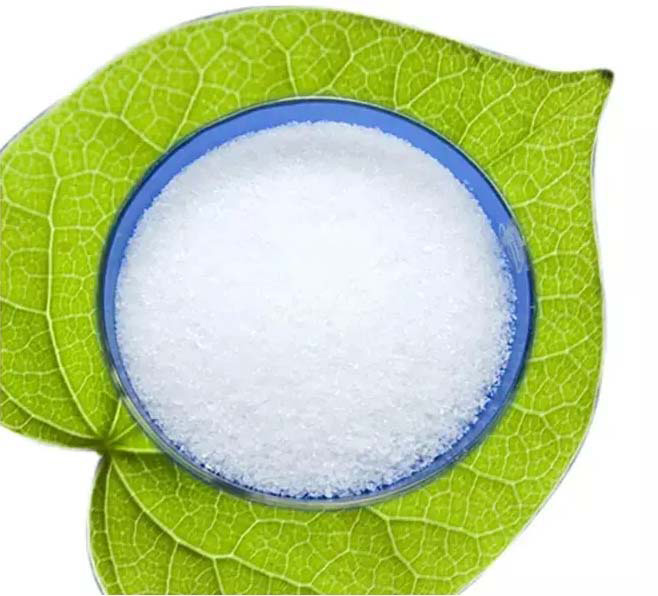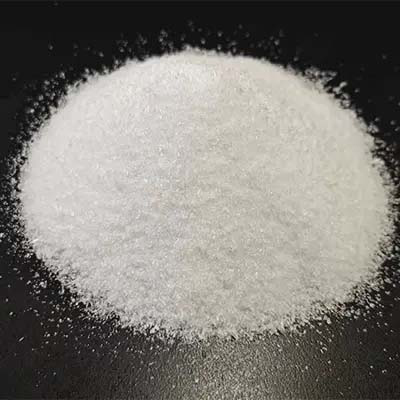Ammonium dihydrogen phosphate (MAP12-61-00) is a widely used fertilizer in agriculture due to its high phosphorus and nitrogen content. This fertilizer is known for its ability to provide essential nutrients to plants, promote healthy growth, and increase crop yields. In this blog we will explore the benefits of using MAP 12-61-00 in agriculture and its impact on crop production.
MAP 12-61-00 is a water-soluble fertilizer containing 12% nitrogen and 61% phosphorus. These two nutrients are essential for plant growth and development. Nitrogen is essential for the formation of protein and chlorophyll, while phosphorus plays a key role in root development, flowering and fruiting. By providing a balanced combination of nitrogen and phosphorus, MAP 12-61-00 supports overall plant health and improves crop quality.
One of the main benefits of using Ammonium dihydrogen phosphate is that it can be quickly supplied to the factory. The water-soluble nature of this fertilizer allows for rapid uptake by plant roots, ensuring plants have easy access to nutrients. This instantly available nutrient is especially beneficial during critical growth stages, such as early root development and flowering, when plants require a continuous supply of nitrogen and phosphorus.
In addition to promoting healthy plant growth, MAP 12-61-00 also helps improve soil fertility. Applying this fertilizer can help replenish the soil with essential nutrients, especially in areas where the soil is deficient in nitrogen and phosphorus. By maintaining soil fertility, MAP 12-61-00 contributes to sustainable agricultural practices and supports long-term crop production.
Additionally, mono ammonium phosphate is known for its versatility and compatibility with a variety of planting systems. Whether for field crops, horticulture or specialty crops, this fertilizer can be applied through different methods such as broadcast, strip or drip fertigation. Its application flexibility makes it a valuable option for farmers seeking to optimize nutrient management in their fields.
Another advantage of using Mono Ammonium Phosphate is its role in improving crop yield and quality. A balanced combination of nitrogen and phosphorus promotes vigorous plant growth, resulting in higher yields and improved crop quality. Additionally, the high phosphorus content in Mono Ammonium Phosphate supports better root development, which is critical for nutrient uptake and overall plant resilience.
In summary, monoammonium phosphate (MAP 12-61-00) is a valuable fertilizer that provides many benefits to agriculture. Its high phosphorus and nitrogen content, rapid plant availability, improved soil fertility, versatility and positive impact on crop yield and quality make it the first choice of farmers worldwide. By understanding the benefits of MAP 12-61-00 and incorporating it into nutrient management practices, farmers can increase the productivity and sustainability of their agricultural operations.
Post time: May-28-2024


